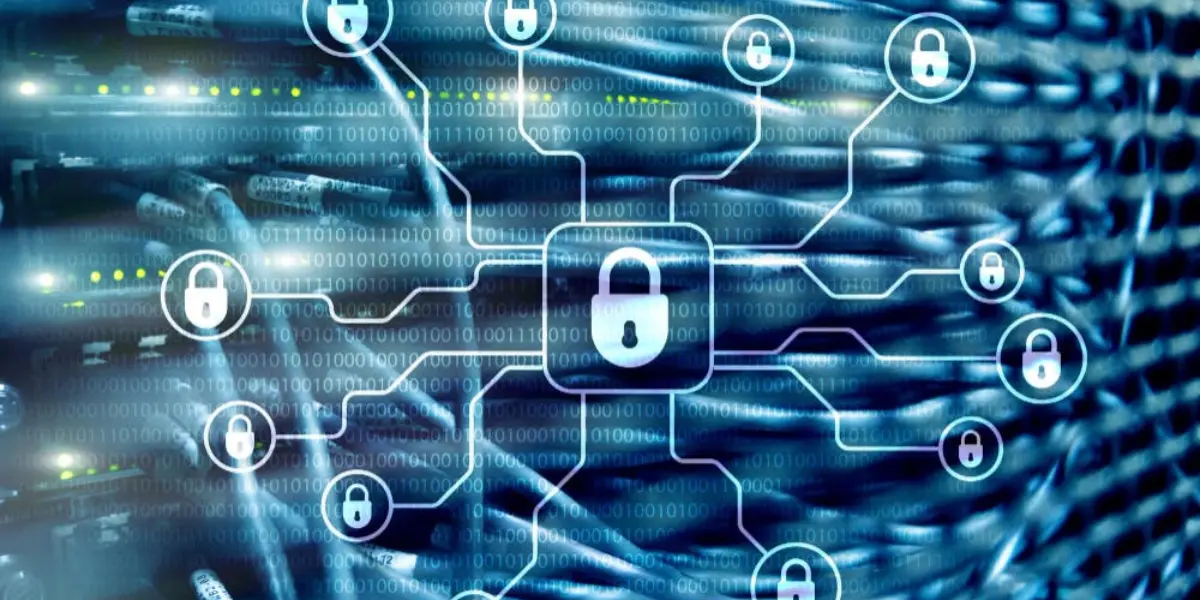Definition of a cyber security audit
A cyber security audit can be defined as a thorough inspection of a company’s information system in its entirety and in detail. The objective is to verify and test the integrity of the physical and software infrastructures in the face of various threats.
This analysis also aims to verify the use of the various tools and their maintenance. At the end of the audit, recommendations are made to fill the gaps detected and to correct risky attitudes on the part of users.
An audit can be carried out internally if you have the necessary resources (IT department and CISO). Otherwise, it is necessary to call upon an expert firm or a consultant. In most cases, given the complexity of the task, it is advisable to call upon a certified IT security expert. You can turn to NCSC (National Cyber Security Center) which maintains an up-to-date database of qualified service providers in case of a security incident.
What type of company should perform an IT security audit ?
All structures connected to the internet are exposed to cyberattacks. These attacks can take many forms, such as DoS (denial of service) attacks, phishing or even ransomware that can freeze the entire system and so paralyse the company. These attacks exploit software or human breaches, such as bad usage habits by employees, to infiltrate information systems. With a company being attacked every 11 seconds worldwide, any company, regardless of size, is a target and must ensure that its security system is robust. An IT security audit can help ensure this.
Since the European regulation came into force on 25 May 2018, all companies must comply with the requirements of the GDPR (General Data Protection Regulation), making IT security an issue for every company. In case of data leakage or theft following a cyberattack, the company may be subject to a collective action from the victims or even a criminal conviction.
When should an IT audit be performed?
Best practice for enhanced IT security suggests that a cybersecurity audit is performed at least once a year. The cost of this should be included in the budget allocated to your IT system.
It is also advisable to carry out an information system security audit in the event of a suspected attack or data theft. In this case, it is necessary to react as soon as possible to solve the problems and set up effective long-term protection. In some cases, threats can also come from partners with whom the company works. The interconnections between these partners and the company, both in terms of data exchange and sharing of rights, can increase risks and make the system vulnerable.
It is also common to schedule an audit when you have to deploy a critical program. Critical software can be your employees’ work software, but also the application used for your company’s access control, the remote access management system, implementation of cloud
computing, etc. It will depend on the company. One thing is certain, however – an audit will assure you that deployment occurs in a healthy digital environment.
For companies that handle a large amount of data on behalf of third parties, holding the ISO 27001 standard is a guarantee of confidence for customers and partners. This international standard for information systems security is obtained after a long audit and compliance process.
What are the stages of a cyber security audit?
The plan for a cyber security audit should be clearly laid out to ensure effective detection of threats and vulnerabilities. Each expert has their own methodology for conducting the audit but, as a general rule, the following steps should be included among the best practices to observe.
Define the scope of the cyber security audit
The scope of the analysis has a direct impact on the cost of the audit. Depending on your needs, the audit can be conducted on the whole information system or on a part of it: networks, access protocols, hardware and/or software configuration, users’ habits, etc. By splitting the audit, you can inspect a system in minute detail. This splitting is easier if you arrange regular analysis of your IT security
Identify threats
Threats can be related to external human actions, such as hacking, denial of service attacks, phishing, etc., but can also come from internal actions. Internal human negligence and incompetence can also be serious threats to IT security. For example, some malicious employees who have access to information system administration tools can initiate an attack or steal data. According to the IBM report (IBM Security X-Force Threat Intelligence, 2023), the human factor is involved in more than 90% of incidents. It should be noted that severe weather is also a threat, as it can affect storage and communication infrastructures.
Analyse vulnerabilities
There is a difference between threats and vulnerabilities. Threats are risks to the IT system, while vulnerabilities are inherent flaws in the installations. The security audit will analyse both.
An example is the implementation of open source software under the GNU GPL, Apache or MIT licence. The base software may be fully secure, but dependencies or attached modules may be obsolete. This represents a vulnerability. Among the human factors, the identification policy is a vulnerability to be taken into account.
Test the security of the information system
For an audit to be truly effective, it must include testing of the security system in place. This involves not only intrusion attempts from the outside, but also successive tests from the various workstations. Various access and control rights are granted depending on the employee’s position. A failure to grant these privileges constitutes a high risk.
Testing of an information system must also take into consideration the physical and virtual environment of the company. For example, we will study whether an efficient backup system exists to secure data in the event of bad weather, vandalism, denial of service or data theft.
Clearly list the recommendations for improving security
At the end of a cybersecurity audit, the expert or the service provider in charge of the audit must write a complete, but also clear and understandable report detailing the various threats and vulnerabilities. For each flaw detected, they must propose an effective solution, how to implement it and the actions to be taken to preserve a high level of security. The improvements to be made concern both the infrastructure and the software, as well as the internet connection process, which can lead to human errors.
Answers to your questions about the cybersecurity audit
Why conduct an IT audit?
The objective of a security audit of a company’s IT system is to highlight the various threats and vulnerabilities. The different tests carried out not only concern the infrastructure and software, but also the organisational side of the installations.
How to conduct a cybersecurity audit?
To perform an IT security audit, it is necessary to be very rigorous and to proceed step by step. Since this is a complex subject, it is advisable to seek expert advice. The first phase is analytical and involves listing all the IT system’s external and internal threats and vulnerabilities. Real-life tests or realistic simulations (pen tests) must then be carried out to test the security in place. Finally, based on the results obtained, a list of corrections and recommendations to be implemented must be drawn up.
Disclaimer
The opinions, presentations, figures and estimates set forth on the website including in the blog are for informational purposes only and should not be construed as legal advice. For legal advice you should contact a legal professional in your jurisdiction.
The use of any content on this website, including in this blog, for any commercial purposes, including resale, is prohibited, unless permission is first obtained from Vaultinum. Request for permission should state the purpose and the extent of the reproduction. For non-commercial purposes, all material in this publication may be freely quoted or reprinted, but acknowledgement is required, together with a link to this website.

